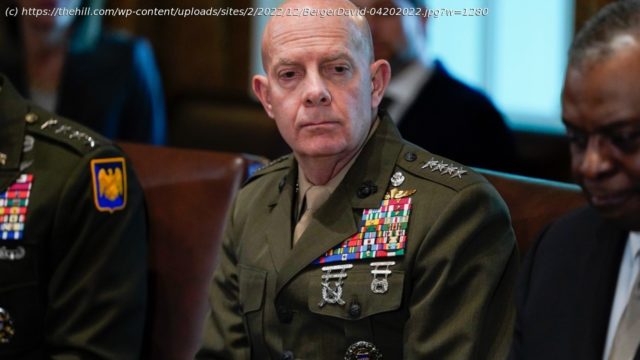Array
Almost three years ago, the United States Marine Corps adopted a new, unproven concept to guide future combat developments. The overarching vision for the approach was codified in Force Design 2030. The path chosen focused almost entirely on a single threat — China’s People’s Liberation Army Navy (PLAN). The strategy embraced was defensive, essentially arguing that the proliferation of precision munitions and advanced sensors had changed the character of war, rendering the defense decisively dominant over the offense. A “Mature Precision Strike Regime” had made maneuver all but impossible. The Marine Corps now deemed defense the primary method for fighting peers, and even lesser rivals.
To acquire the innovations required for this approach, the Marine Corps divested organizations and equipment needed today to self-fund future, largely experimental capabilities that will not be fully fielded in sufficient quantities until 2030 or beyond. Simply stated, the capabilities the Marine Corps needs to respond quickly and effectively to current and subsequent threats have been jettisoned to fund a narrowly focused, one-dimensional, largely regional future force. The Marine Corps envisions this force, consisting of small teams known as stand-in forces, to be widely distributed and effectively isolated among the island chain of the Western Pacific. The mission of these stand-in forces is to acquire and sink Chinese warships with mid- to long-range missiles.
Almost immediately after the release of Force Design 2030, a group of senior, retired Marines argued that the path charted by the Marine Corps poses significant risks to national security. This group has steadily grown to include hundreds, if not thousands, of retired, former and active-duty Marines of all ranks. The core of this group, loosely known as “Chowder II,” has advocated for a Marine Corps that can respond to global crises and contingencies across the spectrum of conflict. Global response requires a Marine Corps that is not only organized, trained and equipped for any mission, but also properly supported with adequate amphibious shipping and a robust, immediately deployable maritime prepositioning force.
A valid observation of those opposing Force Design 2030 was that Chowder II criticized the current plan without offering an alternative concept or vision of its own. To address this concern, members of Chowder II recently published a “trilogy” of articles in The National Interest online. These articles summarized Chowder II’s main concerns with Force Design 2030, provided an operational foundation for a better and more relevant concept, and offered an alternative vision for 2035 and beyond.
The first article describes Chowder II in terms of personnel and experience and provides a detailed summary of their concerns with Force Design 2030.






